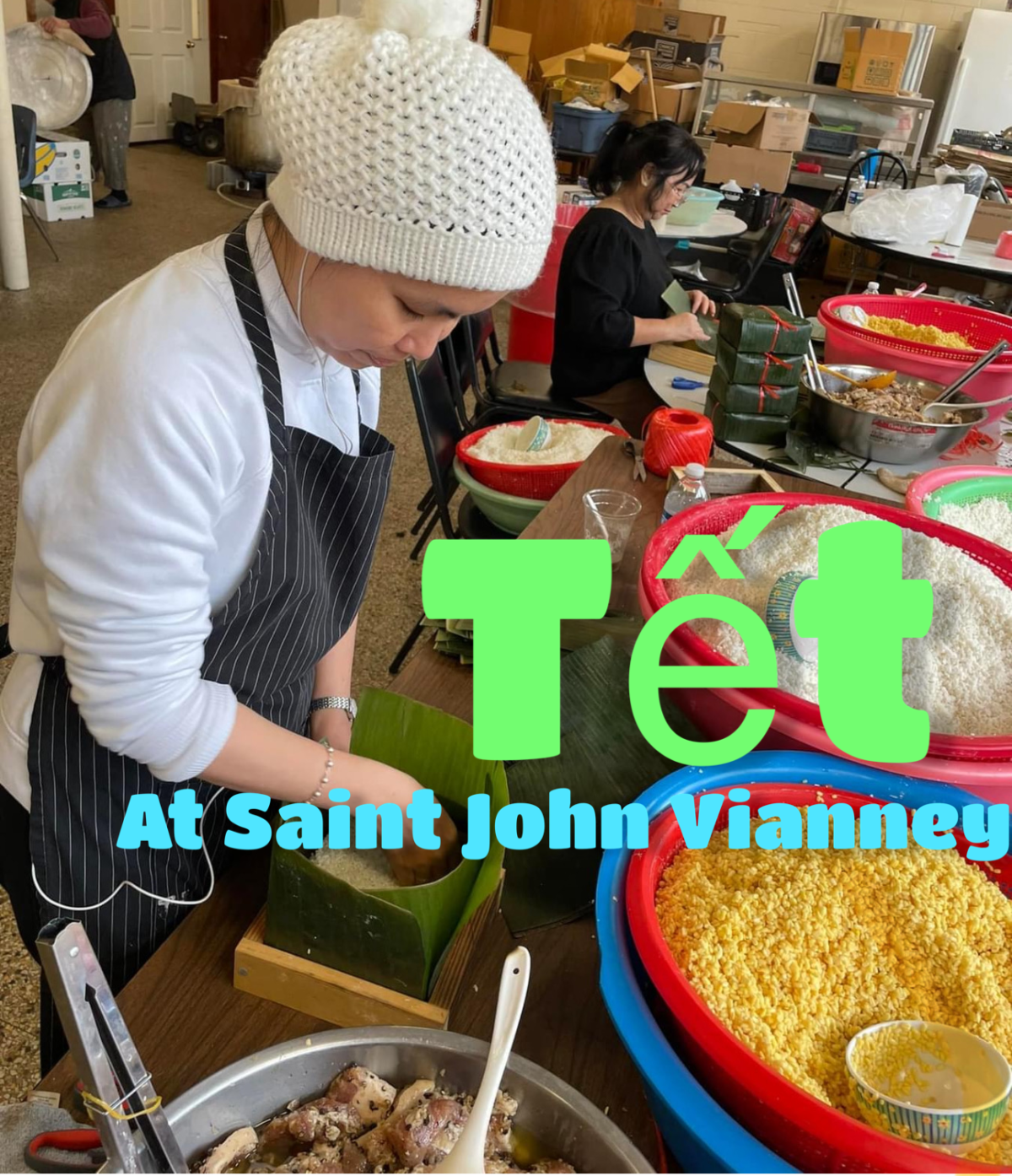In the heart of Louisville, Kentucky, amidst the chilly embrace of winter, a warm and vibrant tradition flourishes, echoing the rich cultural heritage of Vietnam. This tradition centers around “Bánh Trưng” and “Bánh Tét,” two quintessential Vietnamese dishes that symbolize the essence of Tết, the Lunar New Year celebration. Far from their tropical homeland, the Vietnamese community at Saint John Vianney, a Catholic Church with a significant Vietnamese congregation led by Father Anthony Chinh Ngo, keeps this tradition alive with love, dedication, and a deep sense of community.

The Tradition of Bánh Trưng and Bánh Tét
Bánh Trưng and Bánh Tét are more than just food; they are embodiments of Vietnamese culture and history. Bánh Trưng, a square-shaped glutinous rice cake, symbolizes the Earth, while Bánh Tét, its cylindrical counterpart, represents the moon. Both are meticulously wrapped in banana leaves and filled with mung beans and pork, requiring hours of preparation and cooking. These culinary delights date back thousands of years, linked to the legend of Lang Liêu, a prince who offered them to his father, the King, as a symbol of his respect and filial piety.
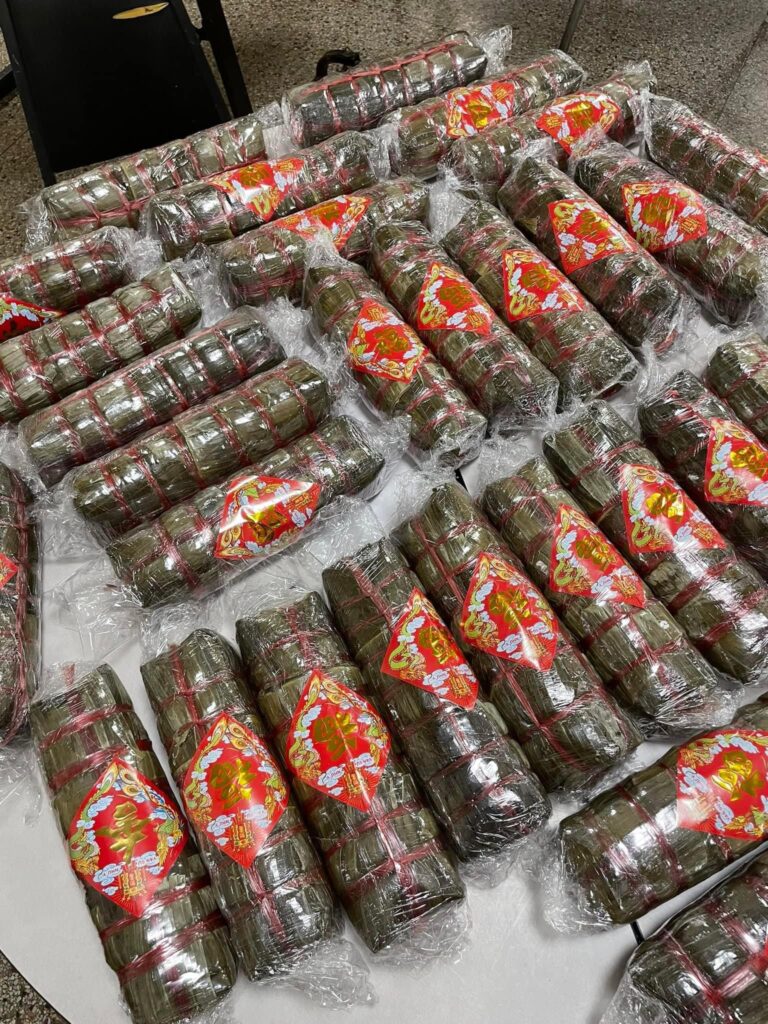
A Bridge Between Cultures
In Louisville, Kentucky, the making of Bánh Trưng and Bánh Tét has become more than a culinary endeavor; it’s a bridge connecting generations and cultures. At Saint John Vianney, this tradition is not only preserved but celebrated with enthusiasm and love. The elders in the community, often grandparents, gather together to share their knowledge and skills with younger generations, ensuring that this precious cultural heritage is not lost in the snows of Kentucky but thrives in the hearts of the Vietnamese diaspora.
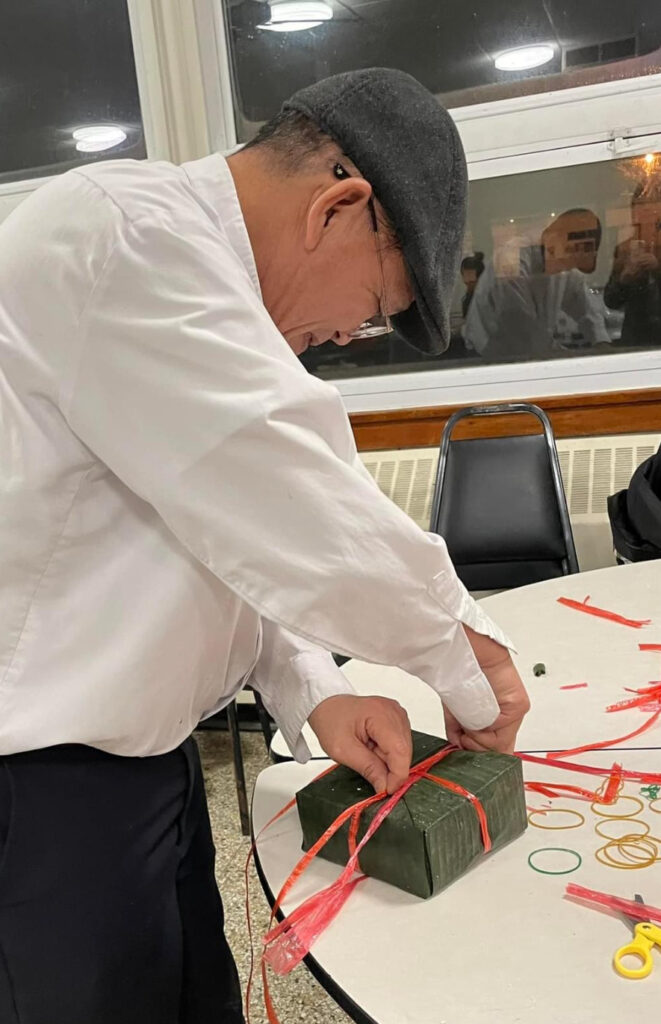
A Labor of Love and Community Spirit
The preparation of Bánh Trưng and Bánh Tét for Tết at Saint John Vianney is a labor of love and a testament to the community’s solidarity. Hundreds of volunteers, from seasoned cooks to eager novices, come together in the church’s kitchen to prepare thousands of these cakes. This massive undertaking is not just for celebration but also for a noble cause: fundraising to build a new church. The process, from sourcing ingredients to the communal cooking that often lasts through the night, embodies the community’s dedication to their faith and cultural heritage.
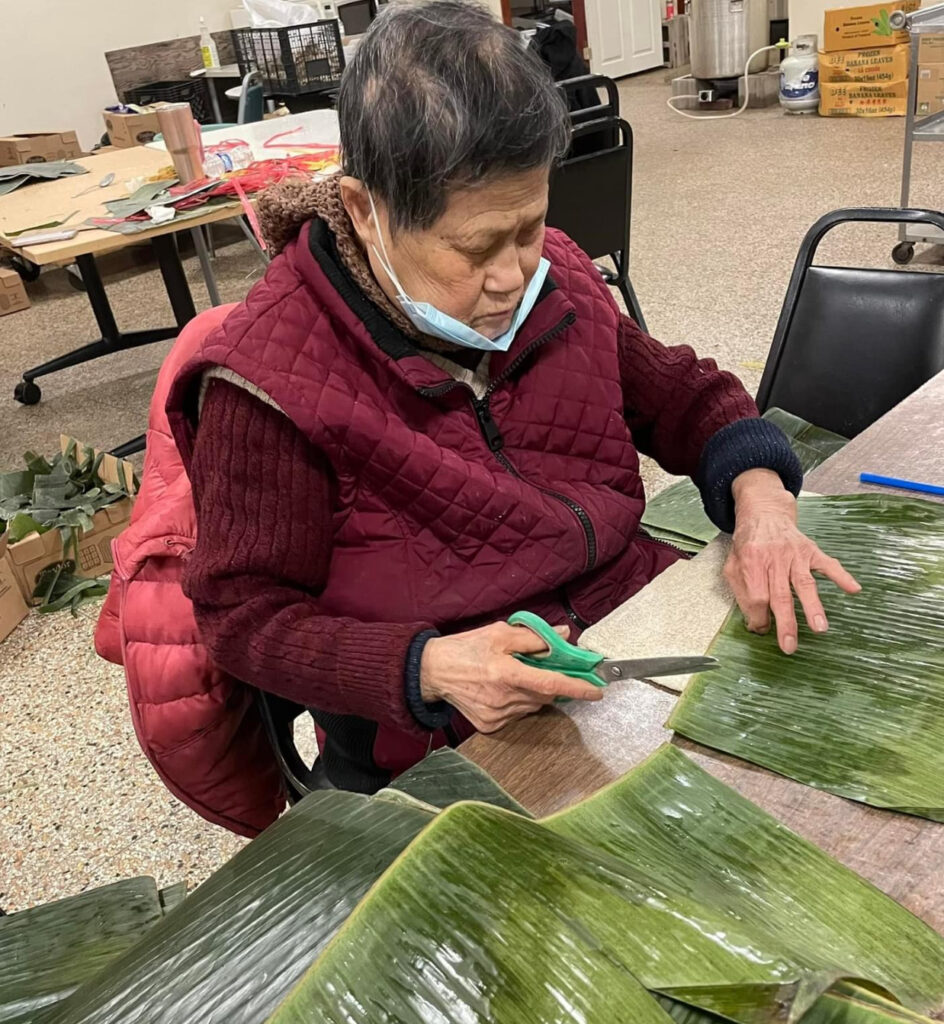
Caring, Sharing, and Teaching
The tradition of making Bánh Trưng and Bánh Tét is imbued with the values of caring, sharing, and teaching. It offers a moment for the community to come together, share stories, and pass on traditions. It’s a time when love is not just felt but actively expressed through the careful preparation of food, symbolizing hope, renewal, and gratitude. Children learn the importance of cultural identity and the joy of giving, as the sales from these cakes go towards a communal goal that benefits all.
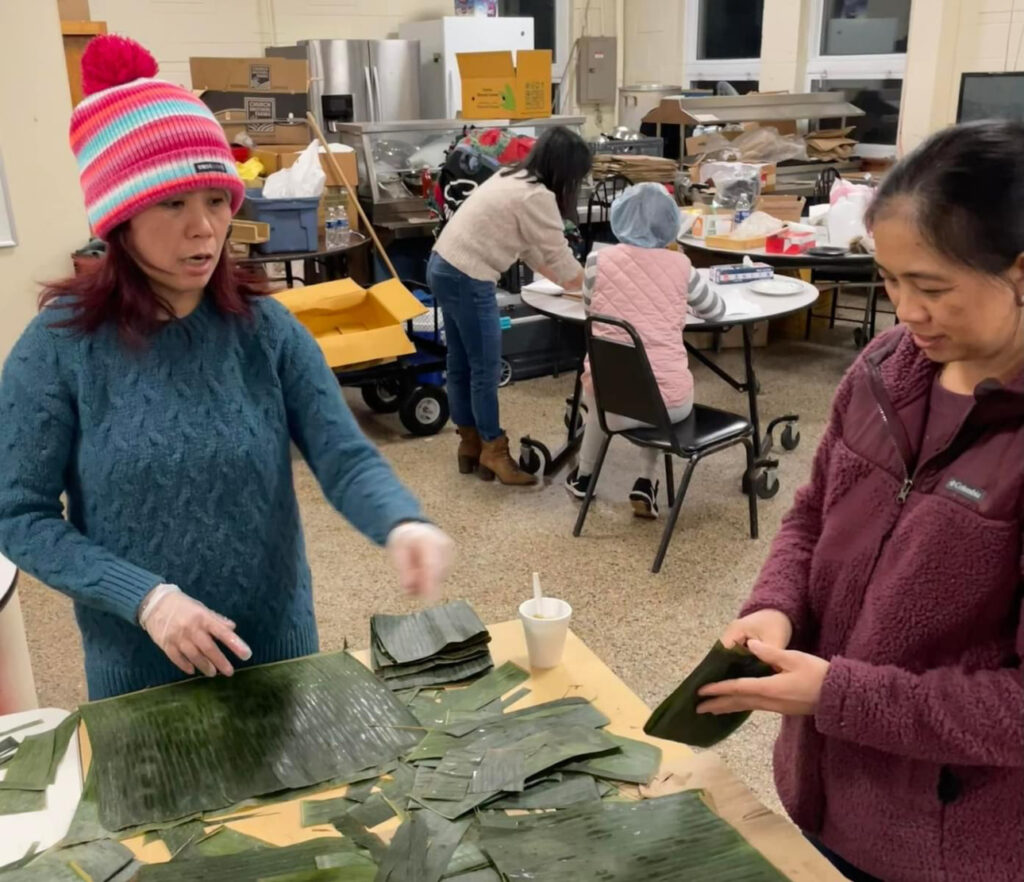
Conclusion
In the snowy state of Kentucky, far from the lush landscapes of Vietnam, the tradition of Bánh Trưng and Bánh Tét during Tết is a vivid reminder of the enduring spirit of Vietnamese culture. At Saint John Vianney, this tradition is a beacon of love, community, and cultural pride. It demonstrates how traditions can transcend borders, bringing people together in celebration, service, and unity. As the Lunar New Year of the Dragon dawns in 2024, the community’s efforts embody a profound expression of love: for tradition, for culture, and, most importantly, for each other. Through these endeavors, they are not just building a church; they are fortifying the bonds that connect them, ensuring their heritage continues to flourish for generations to come.

